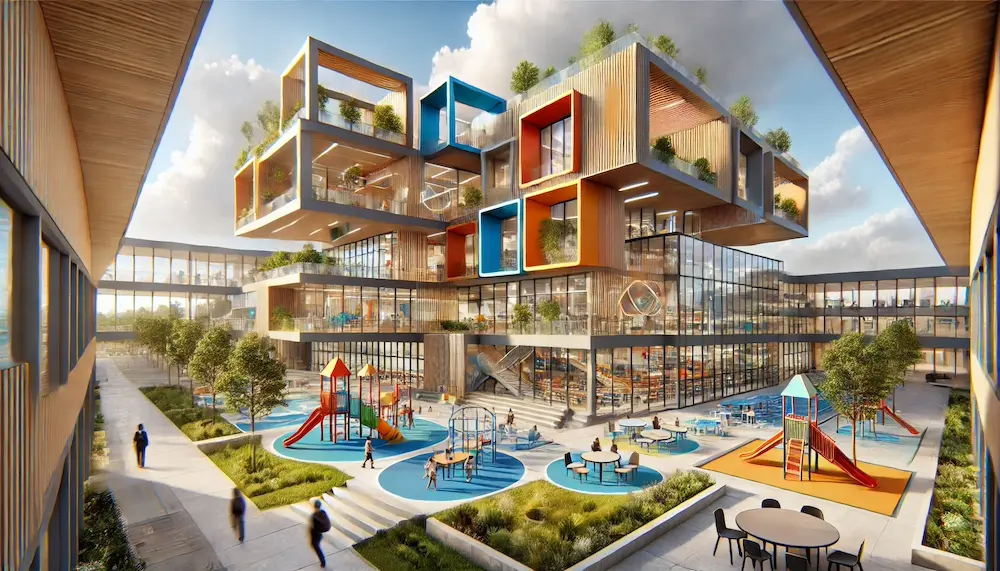Contemporary elementary school architecture reflects the evolution of educational philosophies, technological advancements, and a heightened emphasis on sustainability and inclusivity.
Introduction to Contemporary Elementary School Architecture
In recent years, the design of elementary schools has transitioned from traditional, compartmentalized classrooms to dynamic, flexible spaces that foster collaboration, creativity, and adaptability. This shift aligns with modern pedagogical approaches that prioritize student-centered learning and the integration of technology.
History and Origins of Contemporary Elementary School Architecture
The late 20th and early 21st centuries marked a significant transformation in school design. Educational research began to emphasize the impact of the physical environment on learning outcomes, leading architects to reimagine schools as versatile spaces that accommodate various teaching methods and learning styles. This period also saw a growing awareness of environmental sustainability, prompting the incorporation of green building practices in school construction.
Key Features of Contemporary Elementary School Architecture
- Flexible Learning Spaces: Modern designs often include multifunctional areas that can be easily reconfigured to support different activities, promoting adaptability in teaching and learning.
- Integration of Technology: Classrooms are equipped with advanced technological tools, facilitating interactive and digital learning experiences.
- Sustainable Design: Emphasis on eco-friendly materials, energy efficiency, and sustainable construction methods to create healthier learning environments.
- Natural Lighting and Ventilation: Strategic use of windows and open spaces to enhance natural light and airflow, improving student well-being and concentration.
- Safety and Security: Design elements that ensure the safety of students, including considerations for natural disasters in certain regions.
Applications of Contemporary Design in Elementary Schools
Several schools exemplify contemporary architectural principles:
- Strawberry Vale Elementary School: Located in Victoria, British Columbia, this school integrates environmentally conscious design, preserving adjacent natural woodlands and emphasizing sustainability.
- Ocosta Elementary School: Situated in Westport, Washington, this school features the first public tsunami refuge in the United States, showcasing a commitment to student safety in disaster-prone areas.
- Kokokali School: Designed by Mexico City firm AT103, this elementary school utilizes sustainable materials like adobe bricks and incorporates outdoor classrooms, reflecting a model of sustainability in both form and function.
Considerations When Choosing Contemporary Design for Elementary Schools
- Community and Cultural Context: Designs should reflect the cultural and geographical context of the community, incorporating local materials and traditions.
- Budget and Resources: Balancing innovative design with financial constraints to ensure feasibility and sustainability.
- Future-Proofing: Creating adaptable spaces that can evolve with changing educational needs and technological advancements.
- Environmental Impact: Prioritizing sustainable practices to reduce the ecological footprint of the building.
Conclusion
Contemporary elementary school architecture embodies a holistic approach to education, where the physical environment is intricately linked to pedagogical success. By embracing flexibility, technology, sustainability, and safety, modern school designs create enriching spaces that cater to the diverse needs of today’s learners, preparing them for the challenges of the future.
